Philodendron Pedatum – Caring for Exotic Indoor Plant
Do you plan to keep Philodendron Pedatum in your house?
This houseplant will add a touch of tropics and character to your home. You can still grow this plant although you are not a green thumb.
Philo Pedatum is a low maintenance plant and growing this plant is a nice choice for beginners or busy people.
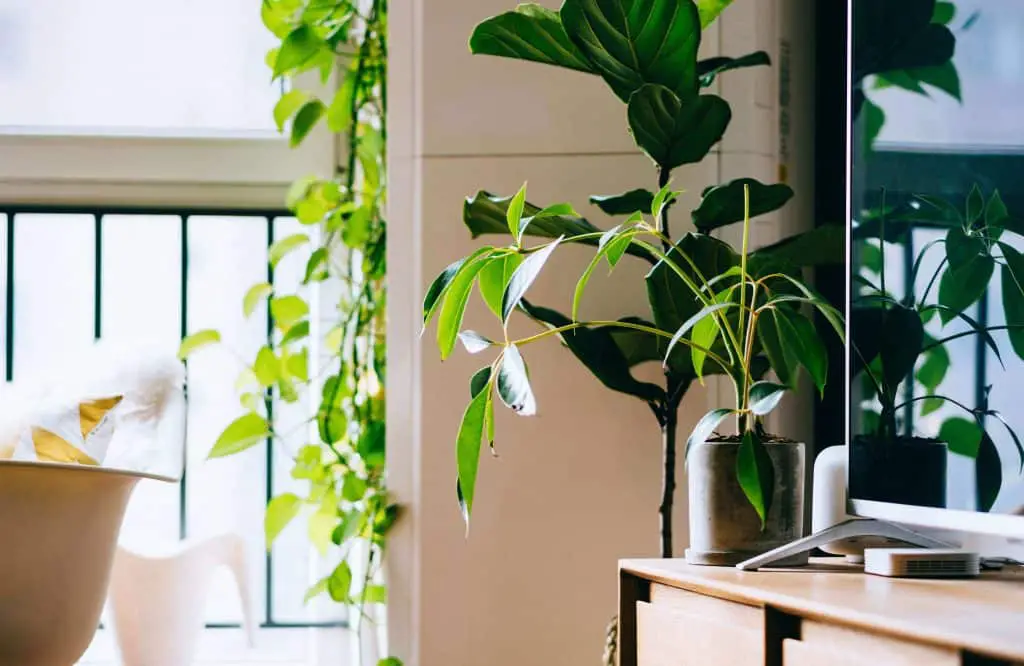
DISCLAIMER
Some of the links on here are affiliate links and I may earn if you click on them, AT NO EXTRA cost to you. Hope you find the information here useful! Thanks.
Related Articles:
- How to Care for Philodendron Verrucosum: Essential Tips
- Philodendron Hastatum: The Beginners Care Guide
- The Best Practices to Care for Philodendron Birkin
- Begonia Maculata Care: Best Essential Tips
What Is Philodendron Pedatum?
The Pedatum philodendron is native to the rainforest of Brazil and Venezuela. They grow on the forest floor and can adapt to low light.
This species can be found in tropical wet forests, tropical moist forests, pre-montane wet forests, and pre-montane moist forest life zones.
Philodendron originated from two Greek words which are ‘Philo’ means love and ‘dendron’ means tree.
What is the classification of the Philodendron Pedatum?
– Family: Araceae
– Subfamily: Aroideae
– Tribus: Philodendreae
– Genus: Philodendron
– Species: Philodendron pedatum
Due to the myriad leaf shapes this species habitually produces, this evergreen perennial plant has received many scientific names.
Other names for Philodendron Pedatum
– Oak Leaf Philodendron ( common name)
– Philodendron Laciniatum
– Philodendron Quericifolium
– Philodendron Laciniosum
– Philodendron Amazonicum
– Caladium Pedatum
– Dracontium Laciniatum
Features of Philodendron Pedatum Plant
Pedatum is a climber and is always confused with other Philodendrons when it is still growing.
In general, the deep green leaves of philodendron Pedatum have several lobes and oak-shaped leaves germinate from reddish petioles.
Their leaves will change shape upon maturity starting from small and oval-shaped leaves then grow and enhance deep lobes. It takes this plant 10 years to reach maturity
Height
This exotic and stunning species can reach a height of 1 metre to 3 metres depending on the growing condition. The leaves will get bigger and more aesthetic as they mature.
Since they are climber plants, they will grow well if they can climb a pole as it can extend and show its leaves.
I would normally place my climber plant close to objects it can cling onto such as stair railings or lamp poles and if that doesn’t work for you, you can get easily get yourself an indoor growing trellis for your tall indoor climbers.

Leaves
The family of Araceae is notorious for their stunning green foliage, especially the oak leaf philodendron.
The diversity of their leaves’ shape and size with beautiful lobes is the main attraction among the species.
The leaves can be medium to dark green with a little maroon or brown tinge.
Pedatum’s leaves are usually 6 to 9 inches long but with proper support and good care, their leaves can get up to 14 inches long.
Flowers
Variegated Pedatum rarely flowers as it doesn’t often appear in cultivation. You will only see it bloom if you are lucky.
However, if they flower, you will see typical aroid flowers or a flower arranged on a spathe structure in brown to brownish-green shade.
Growth rate
The growth rate of this houseplant is fast as compared to many other Philodendron siblings.
How to Take Care of Philodendron Pedatum
Philodendron Pedatum care is easy and has no tricky demands. The reason is they will tell you what they need if you understand the signals they give.
As they are a highly adaptive plant, they are ready to embrace an environment that is suitable for beginners or hustlers who have less time to look after a plant. This makes them quite popular among indoor plants.
This sturdy plant will not experience any stress if you move them from indoors or outdoors as they do enjoy the outdoors sometimes only if the weather permits.
It is important to mimic their natural conditions once in a while for their healthy growth as Pedatum philodendron is a climber that enjoys an airy and open structure.
Water Requirements
It doesn’t need much water. You just have to keep the potting mix moist instead of wet.
The way you can do this is to water the plant until the upper half of the soil is partially dry.
As for the watering routine, you need to adjust according to the weather.
In spring and summer, you need to water it once a week because they are actively growing during these two seasons. Never allow the soil to dry out.
On normal days or winter, you can water it once every 10 to 14 days to allow the solid to partially dry in between watering.
Water the plant with lukewarm water, stagnant rainwater would be best for Variegated Philodendron Pedatum.
A way to track the moisture level of the soil is by touching the soil a few times a week. You can simply stick your finger 2 inches into the soil.
And if that doesn’t work for you and would prefer a more precise reading, a moisture meter will tell you exactly what your plants’ watering needs are.

This plant cannot live if the soil is soggy or else, it will rot.
You have to drain the excess water as this condition can cause root injury because the roots sit in water too long resulting in the leaves turning yellow and start to fall off.
If you see its leaf turns browning, loose, and droopy, your plant needs more water. So, you have to readjust your watering routine and the leave will revive again once the problem is fixed.
Light Requirements
Temperatures between 60 to 75 degrees Fahrenheit are good for philodendron Pedatum’s growth. Don’t go over 85 degrees Fahrenheit or lower than 50 degrees Fahrenheit as it will slow down their growth.
The extreme condition will result in distress and cause your plant to drop its leaves or wilt. You can worry less if you put your plant in your home.
How much sun does a philodendron need?
Philodendron Pedatum only needs medium to bright indirect sunlight for around 6 to 10 hours. Dappled shade is also good for them.
Can philodendron take full sun?
Never put this delicate foliage under direct sunlight.
Artificial light
You can replace sunlight with artificial light if natural light is not present. The best combination is a mixture of fluorescent and incandescent light which will give the best results.

Your plant needs less light or it needs a new place with lower light if you see the foliage turns yellow or brown.
If the plant seems spindly or leggy, you have to move Philodendron Pedatum variegated to a brighter place.
Temperature Requirements
Similar to other philodendrons, the plant’s ideal temperature is around 60 to 78 degrees Fahrenheit.
Philodendron is not a winter plant so it cannot tolerate the weather and its temperature. You have to place it somewhere warmer before the temperature falls below 50 degrees Fahrenheit.
Humidity Requirements
The good side of this plant is it can withstand any humidity level but good humidity can keep the plant healthy.
A 60% moisture level and more is ideal to keep the foliage looking good. You can spray some mist to increase the humidity level on dry days.
Fertilizer Requirements
You have to put the fertilizer on the moist soil or dilute it with water so that it will not be directly absorbed by the roots.
The amount of fertilizer needed for each plant varies depending on the size of the plant and the light received.
Low-light plants only need a few doses of fertilizer. Don’t give one strong dose of fertilizer unless you put the plant in high light conditions.
If you want the philodendron to grow healthy with big beautiful leaves, choose nitrogen-based fertilizer.
As summer and spring are their growing seasons, they need enough fertilizer to help their growth.
In other seasons, simply fertilize them once every 2 months or stop fertilizing them. It is because the plant is not actively growing during this time.
The plant needs more nutrition if its growth seems slow and you see lifeless foliage. Over-fertilizing your plant will damage your plant’s root, you might want to avoid it.
Soil or Potting Mix
Before I talk about the suitable soil or potting mixture for Philodendron Pedatum Laciniatum, you must use the correct pot.
The pot that you should use to plant this species must have drainage holes. The holes will prevent water from going stagnant in the pot which causes the soil to be very wet.
The basic requirement for the soil is the medium must be able to hold moisture without getting soggy. Philodendron Pedatum likes lightweight and nutritious soil that does not dry out fast.
Houseplant grows well in soil-less potting mix.
If you want to make your potting mix, you can mix these ingredients:
– Peat mixed with vermiculite
– Peat mixed with perlite
– 100% sphagnum peat moss.
You can replace the mixed peat with coarse sand but you need to know that sand will compact after a while. So, you need to either refresh the potting soil or aerate it regularly.
This mix also does well for the plant:
– Good quality soil with flower soil
– Coconut fibres
– Rotten leaves
You need to check on the soil from time to time and if you see the soil is getting hard or compact, use a suitable tool to knead and fluff it.
Alternatively, if you can’t make time to create your very own potting mix, there are vendors selling high quality organic potting mix readily available which you can mix in when potting your plant.

Repotting
When you see the roots of your philodendron growing out of the pot, the plant’s growth is slower or the soil dries up fast, it’s re-potting time.
The ideal time to re-pot your plant is in the early summer.
You need to transfer the plant to a bigger pot but before that, you need to remove the old soil from the roots by loosening it, brushing off the excess soil, and trimming the old roots.
Don’t miss putting the drainage layer. Lastly, water the plant and give it some light.
In the first two to three weeks, you don’t have to fertilize the plant.
Pruning
Pruning the plant is included in Pedatum Philodendron care. The best time to prune this indoor ornamental plant is during fall and spring.
Philo Pedatum doesn’t need frequent pruning unless it is necessary. Cut only to keep it to the shape and size you like.
However, you need to remove any parts that turn yellow, look leggy, or are unhealthy.
Be cautious not to cut the aerial roots.
How Do You Propagate Philodendron Pedatum?
Just like other philodendron species, this plant is easy to propagate.
You can use three methods to develop a new plant:
– Seeds
– Air layering
– Stem cutting
Seed Propagation
This method needs you to have their seeds before you can start the propagation but worry not because it is commonly available in the market.
It is a slow method because you have to wait for around 5 to 7 months to see the buds.
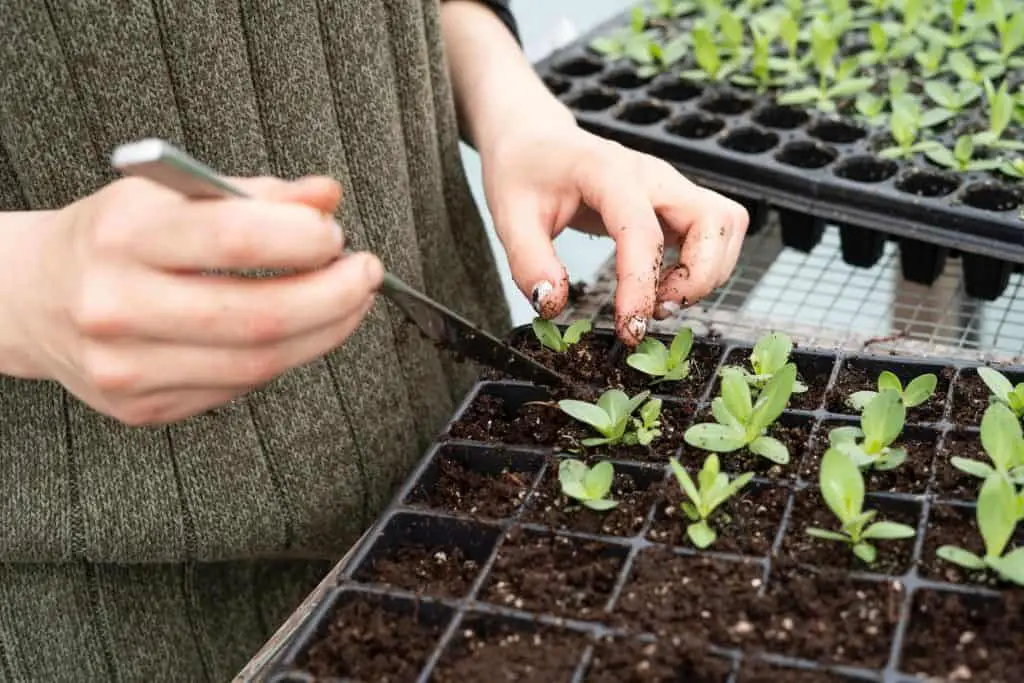
How to do it?
1. You take some of the seeds and plant them 1/3 inches into the soil. Remember to use the dry seed not pre-soaked.
2. Sprinkle some water onto the soil and cover it to avoid moisture loss.
3. Then, put the set up under indirect sunlight and you will see tiny seedlings germinate in 2 to 8 weeks.
4. The seedlings are now ready to be transferred to their pots.
5. Spray water on the soil lightly to avoid the seedling draining away with the water.
Stem-cutting Propagation
1. You need to cut a 6 to 8 inches long piece from a healthy plant’s stem. When you cut, it should be at least half an inch below the aerial root (node). Make sure to leave about 2 to 3 nodes in the cutting.
2. Plant the cutting in the soil prepared but you have to make sure 3 inches of the stem is in the soil.
3. Keep the setup under the indirect medium intensity light and spray the soil with water regularly to keep the soil moist.
4. After 5 to 7 weeks, you will see tiny shoots growing out, and then you can follow the regular Philodendron Pedatum care
Water Propagation
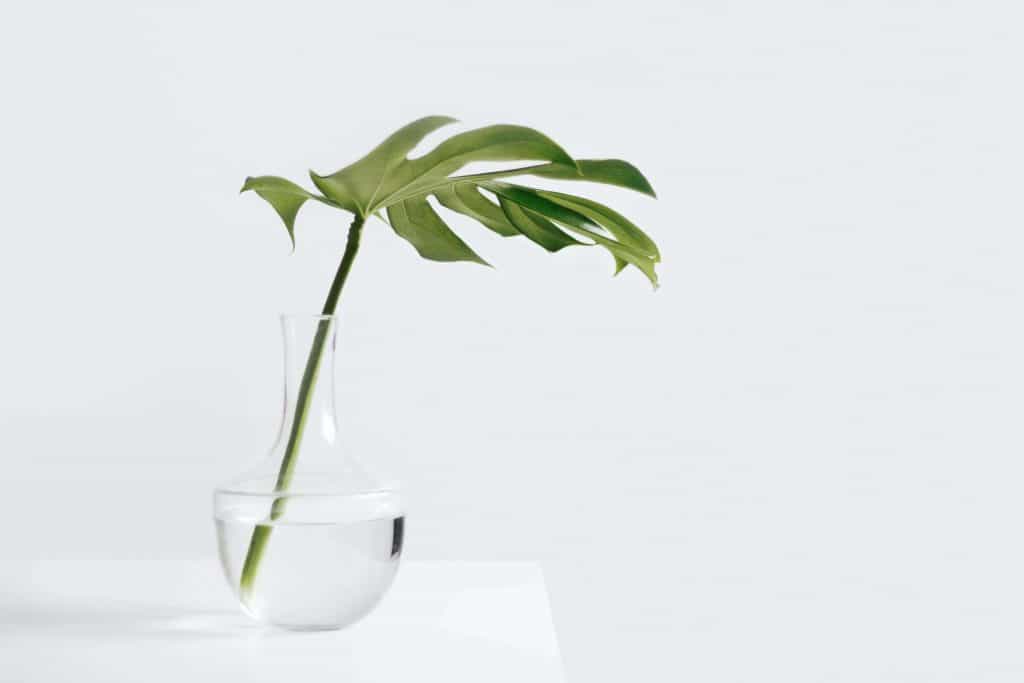
1. Fill a small jar with water and leave it overnight to let the chlorine settle down.
2. Cut the stem 6 to 8 inches long and dip 1/3 to ½ of the stem in the water but you have to keep the nodes underwater.
3. You need to change the water every week so that it doesn’t turn mucky.
4. The root system will develop slowly after 7 to 8 weeks and then you can transfer it to soil or keep it in water.
Place your plant in propagating tubes giving them the time to reach repotting size. Not only do I find this convenient, it’s aesthetically pleasing as well and not to mention it also makes me look like a sophisticated indoor plant botanist.

Philodendron Pedatum Growth Timeline

Day 1: Plant the stem cutting in the water or moist soil.
Day 3 – day 20: Put the plant in a place that is warm and humid. Water the plant every 3 days but make sure the soil is neither too damp nor dry. You can skip watering the plant if you place the cutting in the water.
Day 20 – day 50: Keep an eye on the soil condition and water according to it.
Day 50 – day 90: You will start to see the shoots and roots emerge but you still need to watch it carefully.
Day 90 – day 170: New leaves start growing on the baby plant and its length and height will slowly increase. At this stage, you need to water the Philodendron Pedatum twice every week.
At this stage, keep the soil moist for around 3 inches in depth and a small amount of suitable fertilizer can be added to it. It is a good time to transfer your plant to the soil if you water propagates the stem.
Day 170 – day 190: The condition of your baby plant is already stable and needs less care. Keeping your eye on the light, temperature, and water requirements is sufficient.
If you place the plant in a totem pot, you can see vines climbing up the post.
Day 190 – day 300:You should place the Pedatum in a warm place even though it can withstand the winter season to boost its growth. By this time, you can water the plant once or twice a month.
Day 300 – day 350: Your Philo Pedatum will flourish and you will witness quick and vast growth. Pruning is required at this stage for healthy and bushy foliage apart from adding fertilizer and water it 3 times every week.
Day 350 onwards: Fertilize your plant once a month and water it alternately to maintain a decent humidity around the plant.
At this point, you will see their baby leaves turn into metallic and elongated leaves. Thus, maintain the basic requirements of light, soil and water are sufficient for the plant to grow plus a monthly examination.
What Is The Most Rare Philodendron?
Thursd has listed 4 philodendrons in their Top 10 Most Wanted Rare Houseplants.
The rare philodendrons are Philodendron Pink Princess, Philodendron Gloriosum, Philodendron Melanochrysum, and Philodendron White Princess.
However, the rarest philodendron is Philodendron Plowmanii.
Their huge bicolour heart-shaped leaves are thin and have a leathery look.
Philodendron Plowmanii will not look the same at each stage of the plant’s life.
Is philodendron Pedatum Rare?
Philodendron Pedatum is rare considering it is a prolific climbing plant with bright green thin multi-lobed leaves.
What Else Should You Know About Philodendron Pedatum?
Toxicity
Philodendron leaves contain calcium oxalate crystals and crystal raphides which will form asbestos identical fibres. Keep your kids and pets away from this plant as this plant is toxic.
If your kids or pets happen to ingest the plant, they will experience gastrointestinal distress and vomiting
Air Purification
Apart from adding life to your home, this plant acts as a biofilter because it will purify the air and absorb air pollutants like formaldehyde.
You can place a Philodendron in every 100 square feet of your home to clean the indoor air.
Pests
As Pedatum Philodendron is low maintenance and a quite hardy plant, they are exposed to spider mites, scale bugs, mealybugs, and thrips.
You need to clean its leaves every week by wiping the leaves with a mixture of mild soap and lukewarm water or spraying horticultural oil.
Avoid using commercial products as they will damage the plant.
Disease
Moisture is the major cause of disease to this ornamental plant because overwatering will cause the roots to rot.
High levels of humidity cause mildew and other fungal problems. That is why it is important to provide enough sunlight and air circulation to them.
You can get Philodendron Pedatum for sale in Etsy, Nursery Buy and Amazon but the Philodendron Pedatum price will vary. So, make a thorough research to get the price that suits your budget.
Conclusion
If you want an easy-to-keep plant, Philodendron Pedatum is a good choice as it has a decent outlook with the added benefit of air purification. This plant is also a good replacement for the popular Cheese Plant.
Although the plant is toxic to kids and pets, you can solve the problem by hanging the plant or placing it higher. Make sure to always give an adequate amount of their needs for them to grow healthy.
So, hurry and check out this plant before they are out of stock!

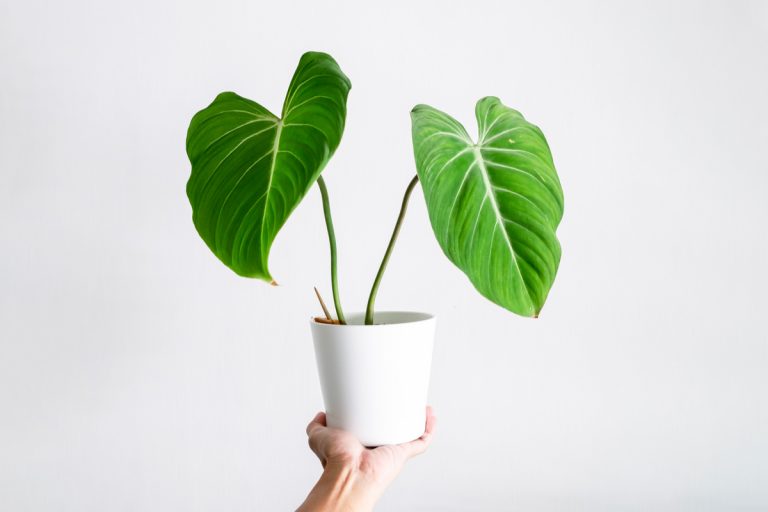
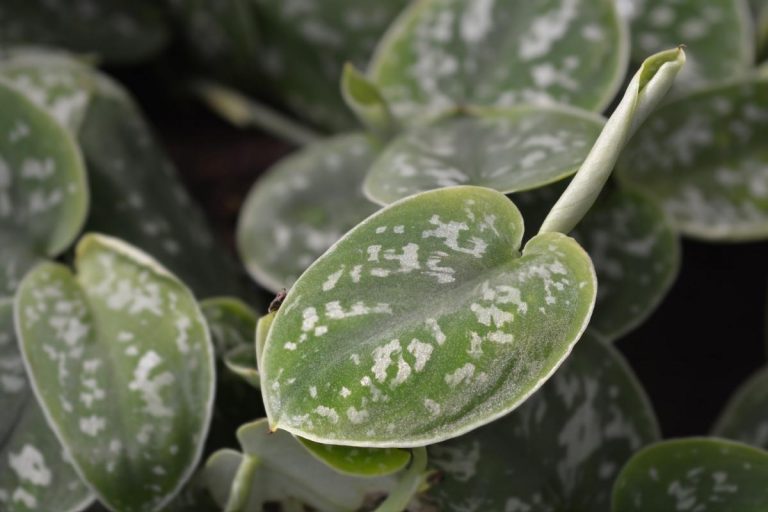
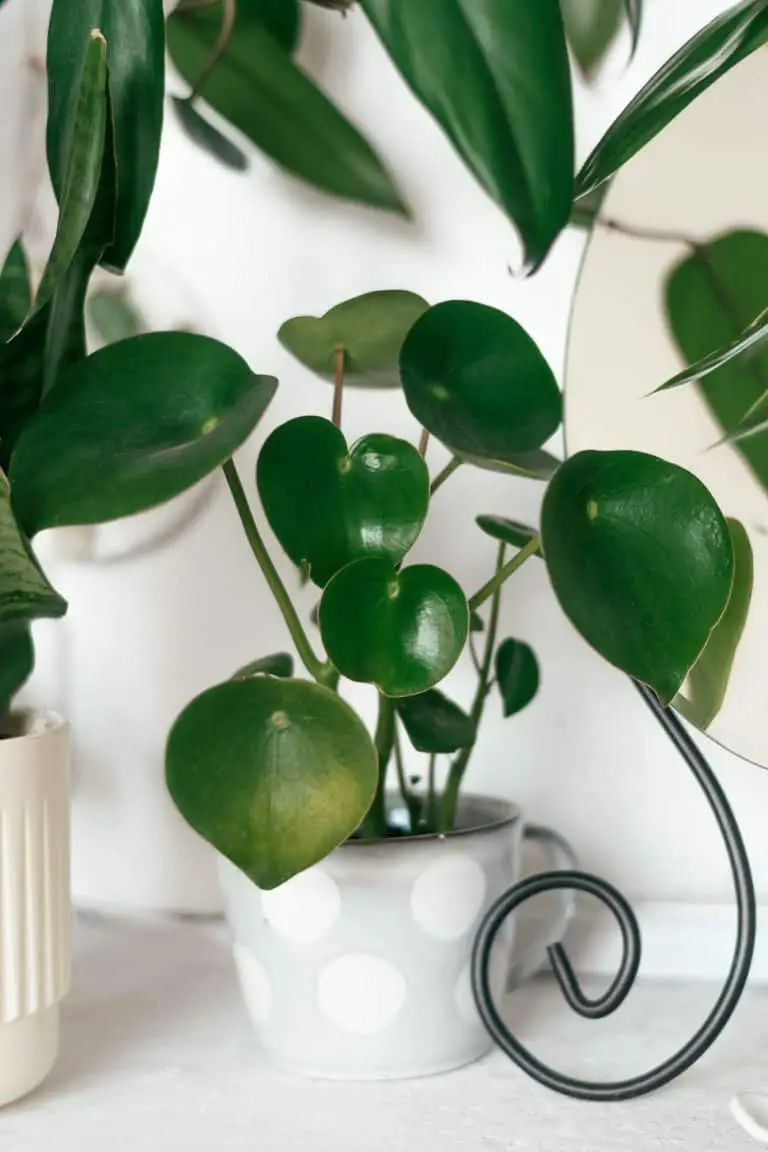
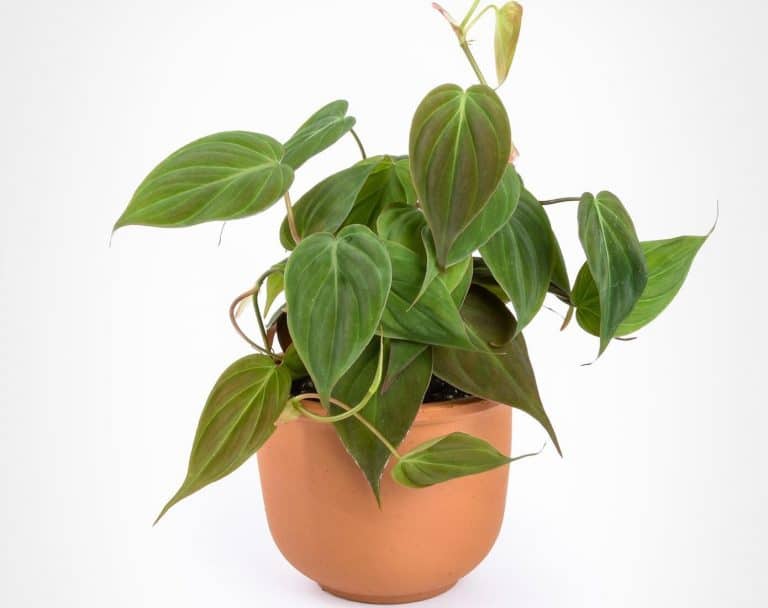
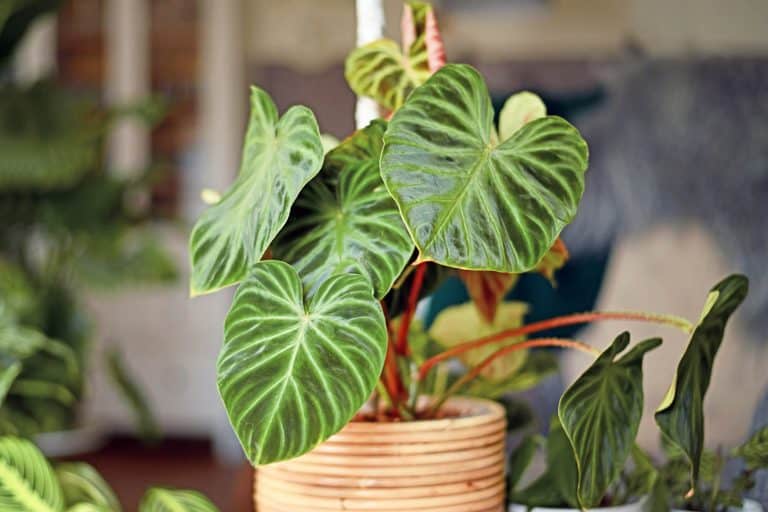
![Tomato Plants Over Winter: How To Help Them THRIVE! [2023]](https://aboveandbeyondgardening.com/wp-content/uploads/2022/10/tomato-plants-over-winter-2-768x514.jpg)